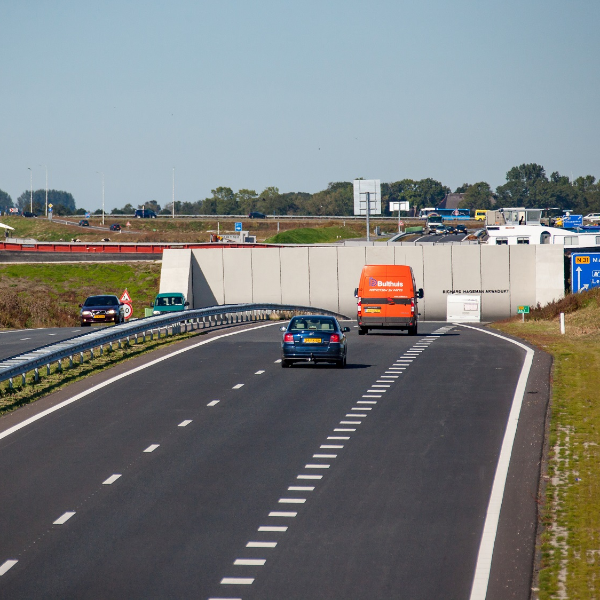VR Driving Simulator

VR Driving Simulator
When plans for roads are presented, future users and residents often have difficulty imagining what the road will actually look like, due to a lack of the specific knowledge required. Thanks to the VR Driving Simulator, this is now a thing of the past.
User-friendly and lifelike
The VR Driving Simulator was originally designed by Witteveen+Bos to allow road designers to validate and verify their designs. Following the tool’s further development, it had become so user-friendly and lifelike that all stakeholders could benefit from it. The VR Driving Simulator is now also successfully being used to inform the public.
In the past, people living near proposed roads were required to read and interpret ‘flat’ design drawings. Thanks to virtual reality, they can now experience the impact of a new road for themselves – including its effects on the surroundings, such as buildings and green elements. More relevant questions and comments take the place of misunderstandings and miscommunication, which saves a lot of time and money per project.
Lifelike and detailed
Because all elements are lifelike and very detailed, the VR Driving Simulator provides a realistic impression. Traffic is displayed extremely realistically and interactively, as are the effects on the surroundings. This means that the VR Driving Simulator can be used by all stakeholders.

Virtual reality
Witteveen+Bos has extensive knowledge of infrastructure and mobility. We have seen that using virtual reality helps to close the knowledge gap between experts and laypeople. During the phase in which virtual reality is used by designers to test and validate adjustments, too, clients and other involved parties are given a more realistic picture of the planned situation. This contributes to well-founded decision making. Click here for more virtual reality applications.

Benefits of the VR Driving Simulator

Suitable for all stakeholders
The tool was originally designed for road designers but is now also being used to inform the public. The tool is very user-friendly and lifelike, meaning all stakeholders can benefit from it.

Better communication with local community
The tool makes it easier to imagine the future situation, which helps local residents.

Time and cost savings
Owing to the realistic and interactive representation, stakeholders provide more relevant questions and comments, saving a lot of time and money.
Want to know more?
Javier is involved in the development of real time applications used for simulations and digital twins.




